Stories Uttered Without Voice: Digital Portfolios Class
Digital Portfolios are presented to the world for many reasons.
Some reasons are to put heavy emotions like hurt, heartbreak, and even grief into the form of art that tells a story. Yet, they all have one common goal: expression.
Meet Michael Chimento, a photography and Design portfolio teacher here at Grandview.
He has been a teacher for over 30 years whos interested in digital arts and the bigger picture of what art is.
“The first reason why I became a teacher was my photography teacher in high school changed my life. I think it saved my life,” Chimento said.
Hard times can help people discover their own personal and meaningful potential.
“I was in a dark place in high school,” Chimento said. “And the one place I felt that I had talent was in photography.”
Mr. Chimento teaches multiple subjects at Grandview
“Photography one, Photography two, and Photography three,” Chimento said. “Then also Design portfolios, and they’re all special for different reasons.’
As one levels up in skill in photography classes, one can open up bigger opportunities for yourself.
“Those who stick around are an absolute love affair with it,” Chimento said. “Because my level two kids get a full darkroom experience.”
Sticking around until you reach the higher classes can also count towards your future.
“Level three is a fully digital experience,” Chimento said. “And then, designing a portfolio can allow them to get college credit for creating a portfolio.”
Struggles were encountered along the road, but with an open mind, they were easily surpassed.
“When the pandemic hit, I went to an all-cell phone curriculum thinking, ‘this is crazy I can’t believe I’m doing this,” Chimento said. “But I knew the one camera every kid had in their hand in this community was a cell phone.”
These changes caused by COVID also influenced other artists’ decisions toward their personal life.
“There was a large learning curve. Even my colleague at Eaglecrest High School both took a cell phone challenge, although we’re pros,” Chimento said. “ We decided to do an exhibit with our cell phone photography. Our own personal cell phone.”
The positive results Chimento experienced personally caused him to add it to the curriculum as an option for the artists to use.
“Digital artists use photoshop and any kind of camera technology to make their photos look amazing,” Chimento said. “Then in level three are high-end digital cameras, and then they use photoshop. They do montage work and collage work.”
The students are able to select from a variety of mediums for their portfolios.
“What’s neat about the AP course is whether they’re doing photography, painting, drawing, or like digital art,” Chimento said. “A kid in that class can actually develop their own anthology of work that is uniquely personal.”
This anthology allows students to express themselves and their lives in multiple ways and give the voiceless a voice.
“It allows them to have a voice. That empowers them. That really helps their education in a unique and distinctive way,” Chimento said. “It allows them to develop a body of work that can, in fact, help them put their mark on the world, process grief, and celebrate joy.”
Even if a Design Portfolio student isn’t planning to pursue the arts in college, their work is still very beneficial.
“Some kids are purely experimental, and you know I can’t get them out of the dark room. Because they’re doing all kinds of different excrement in the dark room,” Chimento said. “That alone is enough for me to see that they’re being exquisite enough to ask some questions.”
Developing a safe space within the classroom helped Chimento and the students develop meaningful connections.
“We have some of the most incredible conversations I have in a week happen in the design portfolio,” Chimento said. “Because the kids open up, they become vulnerable.”
Vulnerability is seen as a positive and important aspect of the classroom.
“I become vulnerable. We have cried, overlooking and talking about work. We have cried over things we discuss,” Chimento said. “We’ve also laughed and celebrated, and so there are all kinds of amazing things that happened in the evolution of that.”
Digital Portfolio class is more than just a class but is an experience of a lifetime for students. It can also lead to students’ achievements being rewarded at a higher level.
“Getting a chance for kids to understand that there is a form of excellence and it is worth college credit,” Chimento said.
At the end of the year, Digital Portfolios students get the chance to show all they’ve worked on.
“We’re also going to continue what it’s always done,” Chimento said. “Which was to give the kids a form of them to showcase their work at the end of the year in the Big Grand art show. That’s going to be in April.”
Although the official class is called Digital Photography, many different styles of artists are involved.
“I [have] digital photographers, and I [have] darkroom photographers. Fine artists and digital artists,” Chimento said. “I have some kids even working on fashion endeavors and character work.”
Students’ portfolios display a ray of meaningful stories and backgrounds.
“I think they’re rich. Rich with detail, rich with history, they’re informed. When I say informed, A kid who created the anthology of work, most likely nine times out of ten, put his heart, soul, blood, sweat, and tears their whole life out there in complete. Cause you know when you have life experiences,” Chimento said. “And baggage, good or bad, comes out in artwork, and you can have the kids when they’re feeling safe enough. It’s a beautiful thing.”
This feeling of vulnerability allows for a safe space within Chimento’s classrooms but also a vulnerability in their work.
“They can talk about their lives through their artwork,” Chimento said.
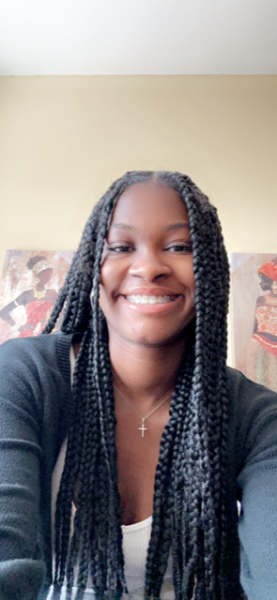
Grade:
I am in 11th grade.
Years on Staff:
This is my third year on staff.
What are you looking forward to most:
I am looking forward to teaching...


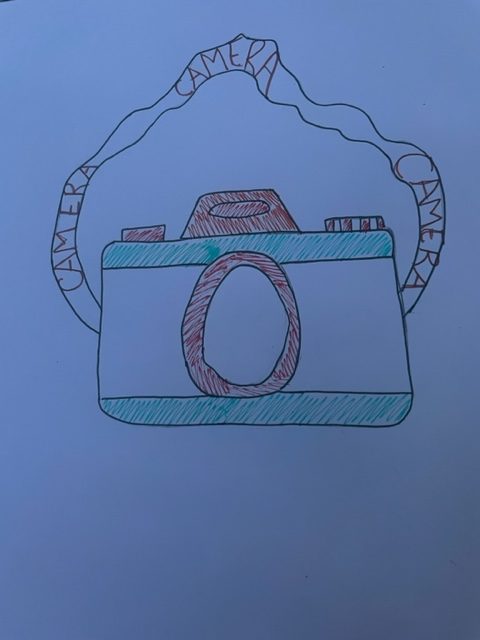
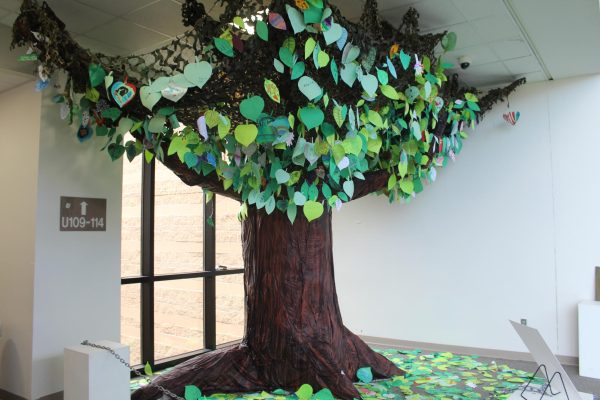
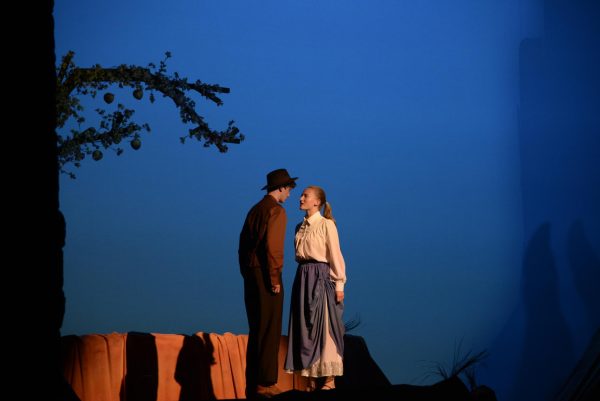

![Dream Week Diaries: GHS Pep Assembly for Matthew [PHOTO GALLERY]](https://ghschronicle.com/wp-content/uploads/2025/03/VAN_8543-600x400.jpg)

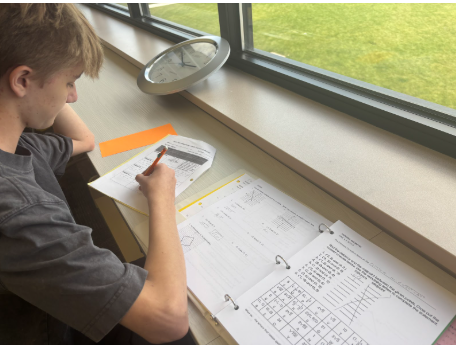
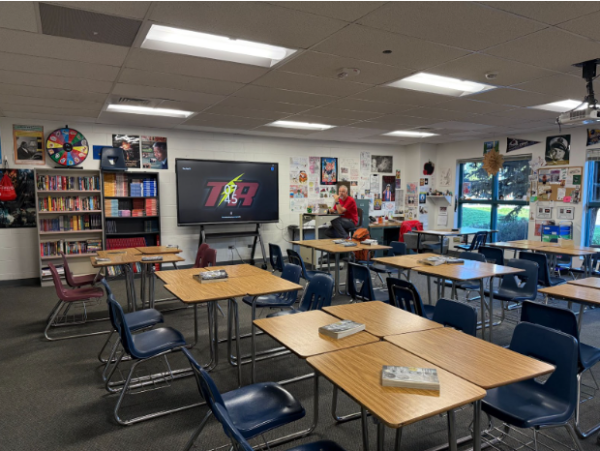
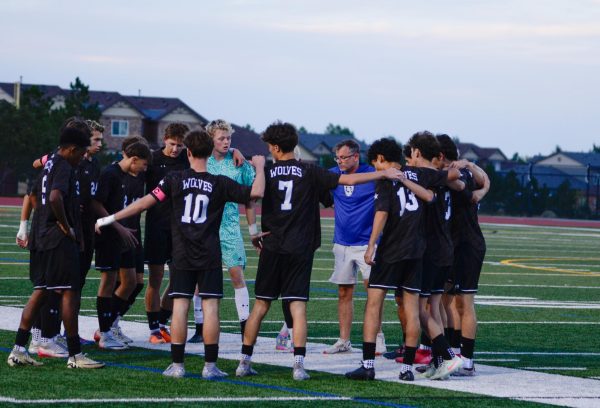

![A Vest Won’t Protect You [OPINION]](https://ghschronicle.com/wp-content/uploads/2025/09/KoltonZuckerVestPosterOffWhite-450x600.png)
